The UK’s latest renewable energy auction has been branded an “energy security disaster” and sparked fears over the future of North Sea wind farms.
“Dismal”, “failure” and “major blow” were among other responses after there were no bids from offshore wind developers for the latest Contracts for Difference (CfD) scheme.
Scotland currently has only three offshore wind farms under construction, although many more are planned.
Vast swathes of the North Sea are earmarked for turbines following Crown Estate Scotland’s mammoth ScotWind offshore licensing round last year.
Was the ‘strike’ price set too low?
So why the outcry over the UK Government’s flagship CfD scheme?
CfDs are meant to boost renewable energy production by guaranteeing reneewable energy producers a fixed price for their output. They are also meant to protect households from soaring fuel bills.
The government sets a maximum price companies can charge if they bid for a CfD contract.
According to the industry, the £44 per megawatt-hour (MWh) maxium set by the UK Government in its latest CfD auction, was too low to attract offshore wind developers.
Costs have shot up, making the goverment’s inflation-linked offer too cheap, firms say.
Today’s CfD announcement, delivered new onshore wind contracts throughout the UK.
There were also deals, efffectively government subsidies, for solar energy developers.
And the government hailed its backing for a record number of tidal energy schemes.
But the absence of offshore deals prompted widespread criticism.
There were also calls for a higher “strike price” and an “urgent reform” of the system.
Ed Miliband, Labour’s shadow energy and net-zero secretary, said: “The news this morning is an energy security disaster and a £1 billion Tory bombshell that will push bills up for hardworking families.
“The Conservatives have now trashed the industry that was meant to be the crown jewels of the British energy system, blocking the cheap, clean, homegrown power we need.
“Ministers were warned time and again this would happen, but they did not listen.”
Soren Lassen, head of offshore wind research at energy consultancy Wood Mackenzie, said the auction round had left the offshore wind industry “reeling”.
He added: “While many expected this outcome, seeing no bids from offshore wind projects in the tender has sent shockwaves through the sector and raised questions about the future of renewable energy in the UK. ”
‘Multi-billion-pound lost opportunity’
Keith Anderson, chief executive of energy firm ScottishPower, said: “This is a multi-billion pound lost opportunity to deliver low-cost energy for consumers and a wake-up call for government.
“The CfD process is recognised globally as a lynchpin of the UK’s offshore success, but it also needs to flex to keep pace with the world around it.
“We all want the same thing, to get more secure, low-cost green offshore wind built in our waters.
“We need to get back on track and consider how we unlock the billions of investment in what is still one of the cheapest ways to generate power and meet the UK’s long-term offshore wind ambitions for the future.”
Claire Mack, chief executive of trade body Scottish Renewables, said: “Industry has repeatedly warned of the cost pressures and increased challenges facing developers.
“The UK Government failed to heed these warnings and is now seeing the effect of that inaction.”
Scottish marine energy developers welcomed support for their sector.
Orkney-based Orbital Marine Power said its two new CfDs would allow it to expand its activities, with the construction of six turbines, capable of generating a total of 7.2 megwatts (MW), or enough to power up to 9,000 homes, now covered by the scheme.
The firm added: “This positive outcome also means Orbital can make a significant investment in the UK supply chain as it sets about establishing series production of its innovative technology.”
SSE Renewables secured new contracts for more than half a gigawatt of onshore wind energy.
The company’s Strathy South, Aberarder, and Bhlaraidh Extension onshore wind farm projects in the Highlands, and its Viking development in Ahetland secured CfDs for a total of 605MW of new renewable energy.
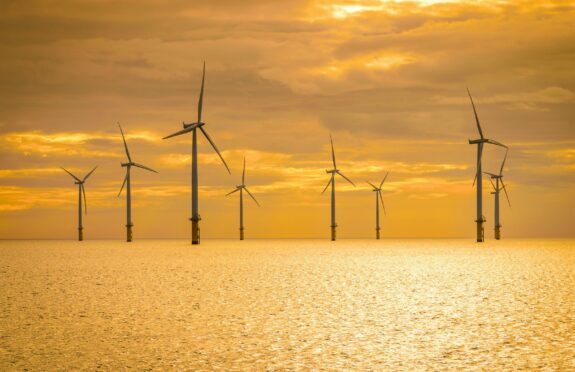
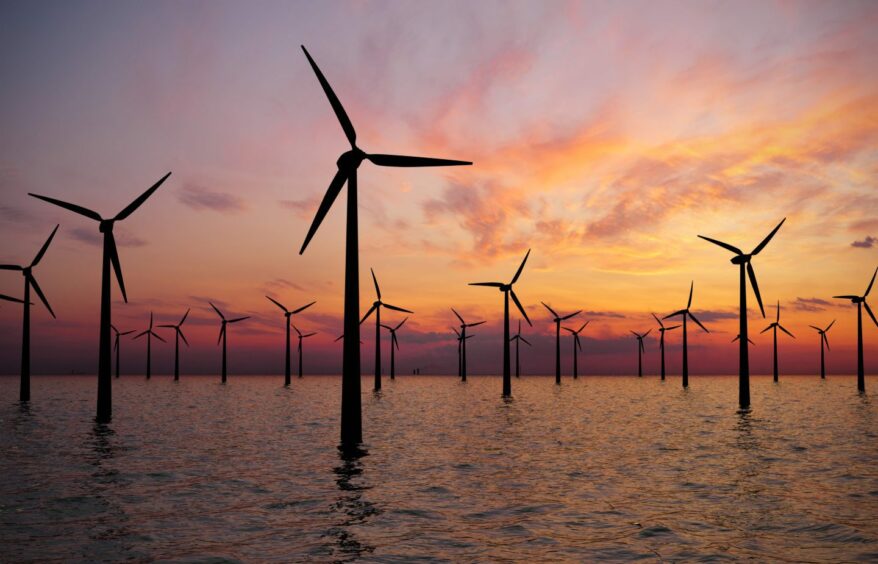

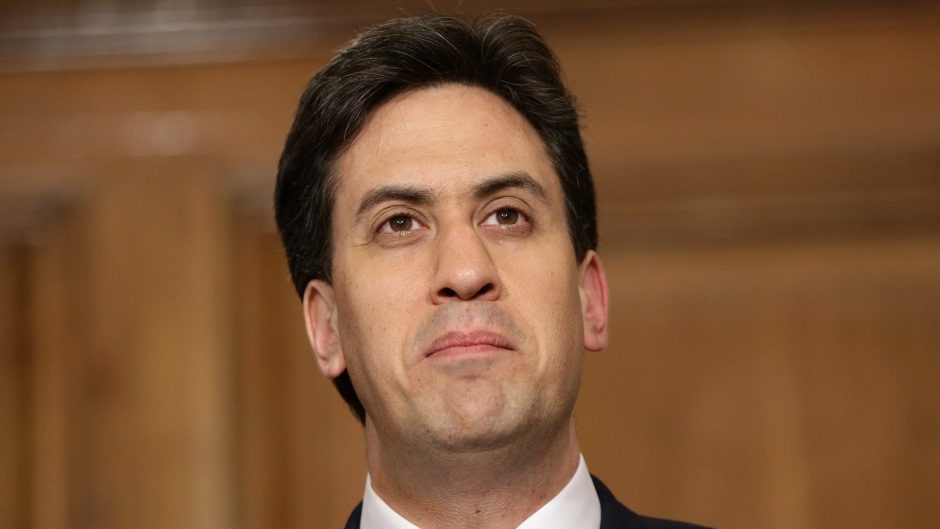
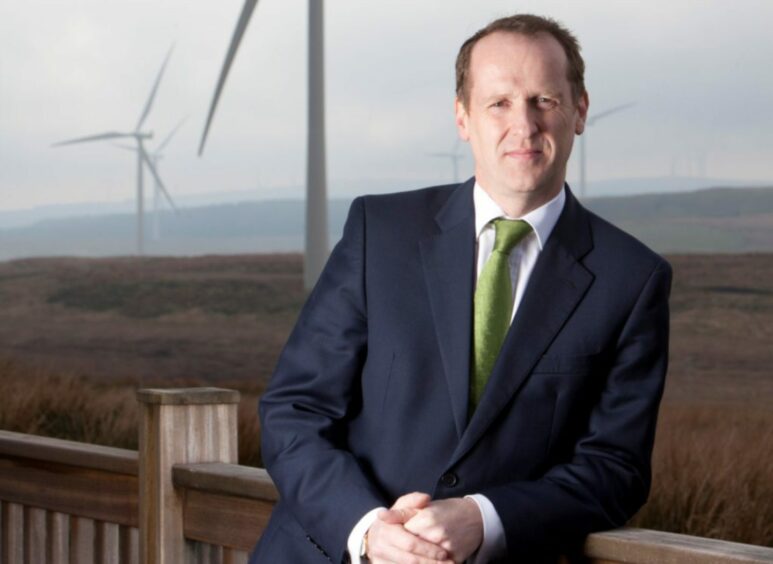
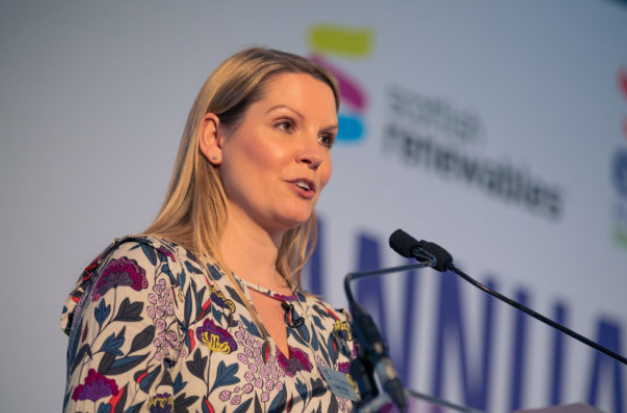
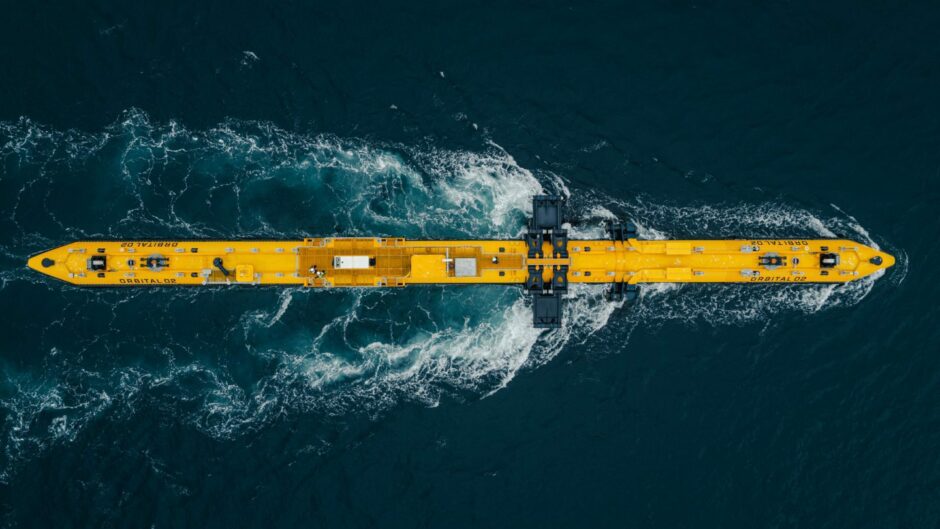
Conversation